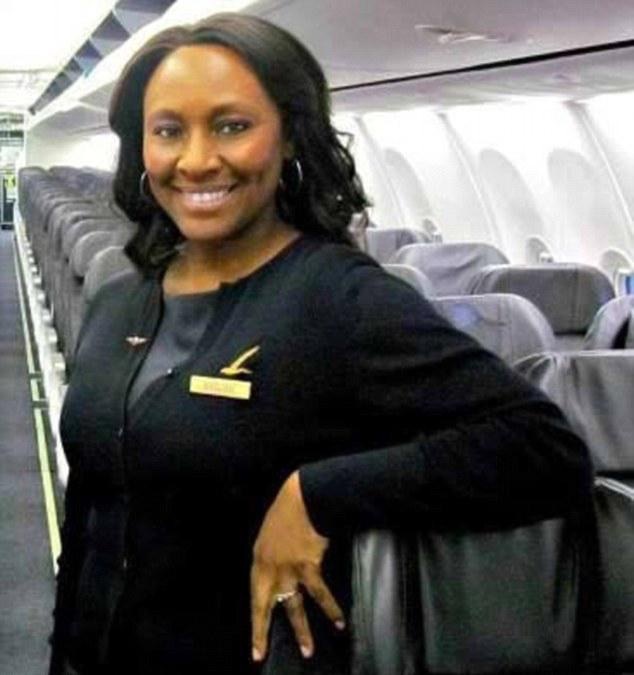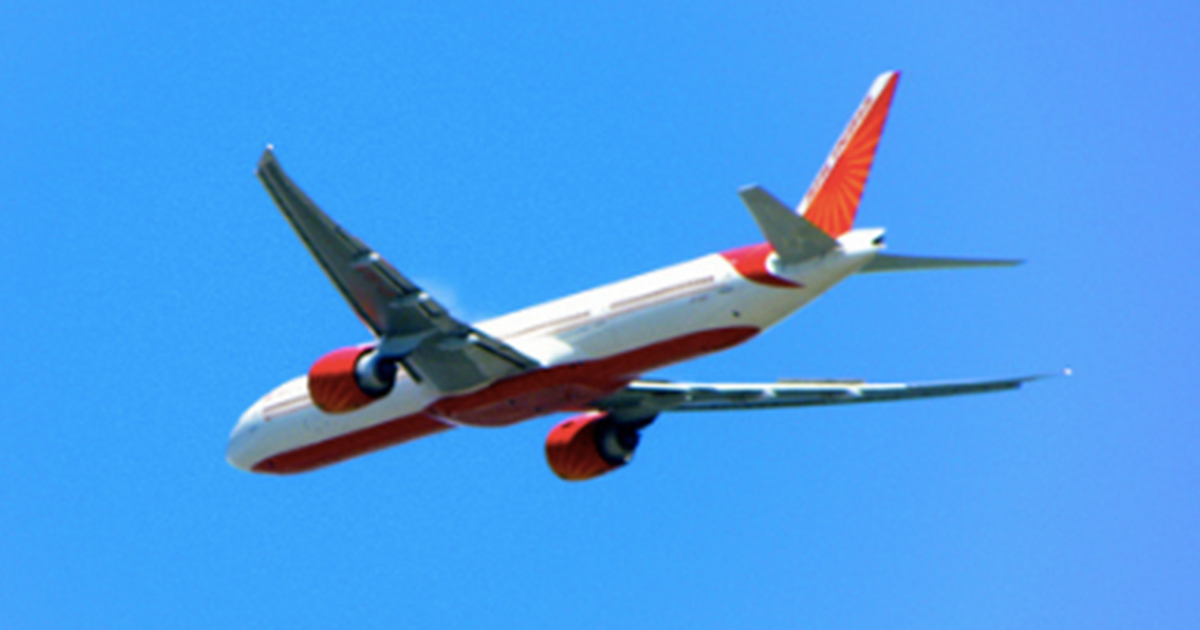A Viral Story Shows How Flight Attendants Can Help Victims of Human Trafficking

By:
"I left a note in one of the bathrooms. She wrote back on the note and said 'I need help.'"
Alaska Airlines flight attendant Shelia Fedrick relied on her instincts and training to identify a teen girl who was allegedly being trafficked during a flight from Seattle to San Francisco in 2011. When the teen confirmed her suspicions through a note, Fedrick notified the pilots, who coordinated with law enforcement on the ground to apprehend the suspected human trafficker when they landed.
The story recently resurfaced following a training session on airlines and human trafficking airlines, according to two advocacy leaders.
The the story went viral on Monday after Fedrick's actions were publicized by NBC News.
 Reddit - reddit.com
Reddit - reddit.com
It's stories like this that reveal the importance of training for employees in the travel industry, particularly those working at airlines, Nancy Rivard, founder of Airline Ambassadors, which recruited Fedrick, told ATTN:.
Human trafficking through airlines is "absolutely underreported," Rivard said. "Traffickers use the speed and convenience of commercial air travel frequently because their goal is to keep the victim powerless."
In 2016, the National Human Trafficking Hotline reported about 7,600 cases of human trafficking, up from around 5,500 cases the year before.
 Flickr/nathanmac87 - flickr.com
Flickr/nathanmac87 - flickr.com
For airline employees interested in doing what they can to combat human trafficking, groups like Airline Ambassadors provide training, allowing flight attendants to identify potential traffickers and trafficking victims. Red flags include bruising, branding (such as tattoos with a man's name or barcode), traveling alone, appearing drugged, or not knowing their travel destination. "Are they frightened, ashamed, or nervous? Are they under the control of a traveling companion?" Rivard said are some questions employees should ask.
But there are also misconceptions about the type of people involved in trafficking that can lead potential allies astray, she added. It's crucial to recognize that traffickers "can be anyone," and to leave biases aside when attempting to identify traffickers on the job. Traffickers "can be a man or a woman," she said. "They can be young or they can be old... It can be any age. It can be any race. Foreign or domestic."
When a flight attendant is confident they've come across a genuine human trafficking case, they shouldn't confront the suspect, Rivard said. Rather, they should notify the pilots who will, in turn, contact law enforcement.
Fedrick "went above and beyond" by communicating with the teen through a note in one of the plane's bathrooms, Rivard noted, but in most cases simply informing the proper authorities will lead to questioning by law enforcement.
If you think someone may be the victim of human trafficking, or are yourself a victim, contact the National Human Trafficking Resource Center at 1 (888) 373-7888.
